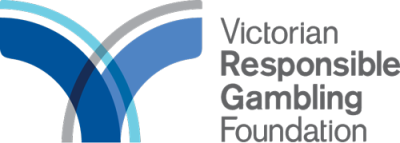8th December 2025
News Archive
6th December 2025
From the Captains Desk – 6th December 2025

Catch up on all the golf news in the latest edition of “From the Captain’s Desk” – Click here to read now
29th November 2025
2025 Mens Foursomes Championship



29th November 2025
Harry Hopkins Wins Senior Match Play

Harry Hopkins defeated John Donald on the 21st hole to win the 2025 Senior Match Play on Friday 28th November.
Trailing 2 down with two holes to play, Harry finished birdie, birdie to force the match to extra holes, with John narrowly missing a putt to win the match on the 18th. Harry and John then halved the first two extra holes before Harry clinched the win on the third extra hole.
Unfortunately for John, this is the second year in succession he has finished runner up having lost the final to wife Gillian in 2024. John also finished runner up by one stroke in the Senior Club Championship just a week earlier!

29th November 2025
2025 Ladies Foursomes Championship

Congratulations to Stef Silcox and Carol Burns who won the 2025 Ladies Foursomes Championship on Tuesday 25th November, recording their fifth Ladies Foursomes Championship title as a pair following wins in 2019, 2020, 2021 and 2022.
Stef and Carol shot rounds of 92 and 83 for a 36 hole score of 175 finishing well clear of runners up Gillian Donald and Maria Twisk (99, 91: 190).
In the nett event, it was a much closer event with Stef Silcox and Carol Burns storming home with a round of 67.5 following an opening round 76.5 (144) to narrowly defeat runners up Raylene Chisolm and Lyn Roos (74, 71: 145) by one stroke.







